Related products
€215.00
4,7/5 out of 3 total ratings
A superb and imposing Native American Totem in wood 150cm high!
Dimensions: height 150cm x width 105cm (including wings) x depth about 23cm / Base: about 23x23cm. Detachable wings for easy transport. Material: exotic wood from responsible sectors. Artisanal creation: slight differences in appearance are possible compared to the model photographed.
Also...
€199.00
4/5 out of 2 total ratings
An Indian wooden Totem of 150cm Hyper Realistic!
Dimensions: height 150cm x width 90cm (including wings) x depth about 23cm / Base: about 23x23cm. Detachable wings for easy transport. Material: exotic wood from responsible sectors. Artisanal creation: slight differences in appearance are possible compared to the model photographed.
Also called "monumental...
€119.00
5/5 out of 2 total ratings
Great North American Totemic Mast
Dimensions: height 100 x width 77 x depth about 14cm / Foot: about 22x22cm: Material: solid exotic wood from responsible sectors. Detachable wings for easy transport.
Also known as the "monumental pole," this totem pole is inspired by installations created by indigenous peoples on the northwest coast of the United States....
€139.00
5/5 out of 2 total ratings
Great North American Totemic Mast
Dimensions: height 121 x width 77 x depth about 17cm / Foot: about 22x22cm: Material: solid exotic wood from responsible sectors. Detachable wings for easy transport.
Also known as the "monumental pole," this totem pole is inspired by installations created by indigenous peoples on the northwest coast of the United States....
€119.00
5/5 out of 2 total ratings
Great post totem native american tribe in solid wood carved and hand painted
Dimensions : height = 102cm width = 68 cm Material : exotic wood massive from sectors responsible. Detachable wings for easy transport
This great statue is a beautiful reproduction of a totem pole that serves as the emblem for the native american tribes. Made by hand by one of...







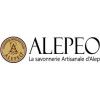






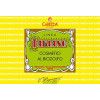



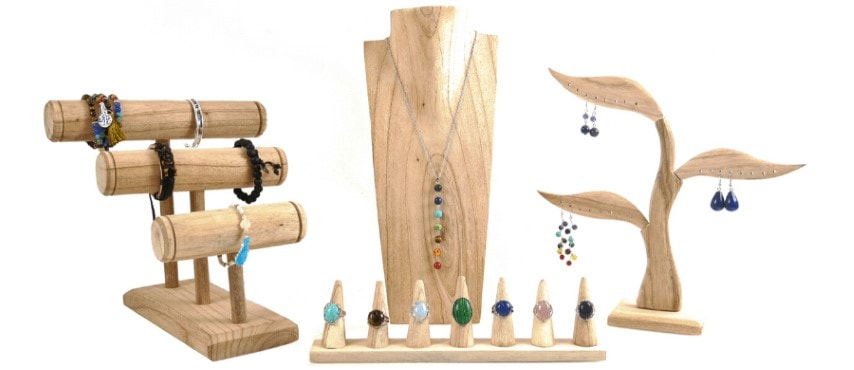
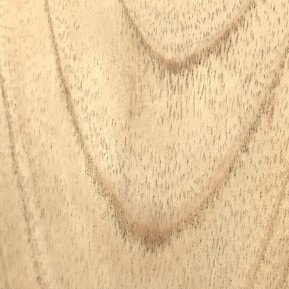
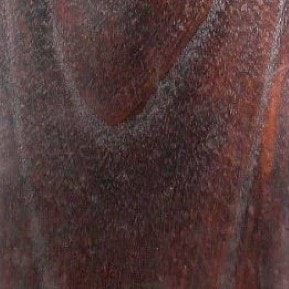
.JPG)
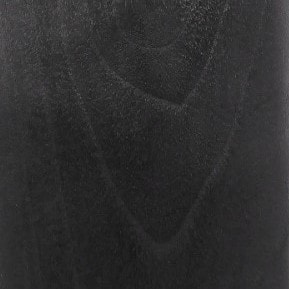
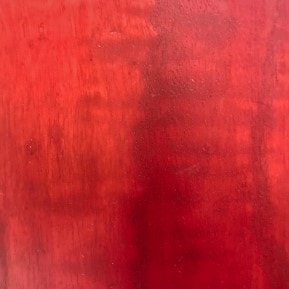
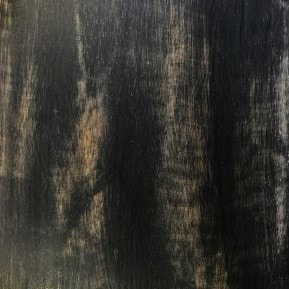
.jpg)
.jpg)
.jpg)
.jpg)
.jpg)
.jpg)
.jpg)
.jpg)
.jpg)
.jpg)
.jpg)
.jpg)
.jpg)
-min(1).jpg)
.jpg)
.jpg)
(1).jpg)
(2).jpg)
(3).jpg)
.jpg)
(1).png)
(2).png)
.jpg)
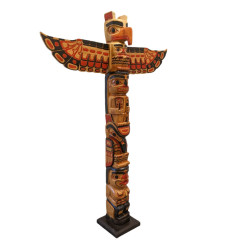

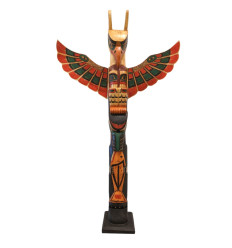



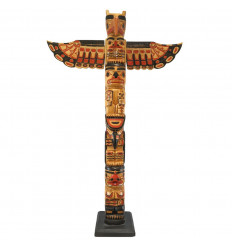



Comments (0)